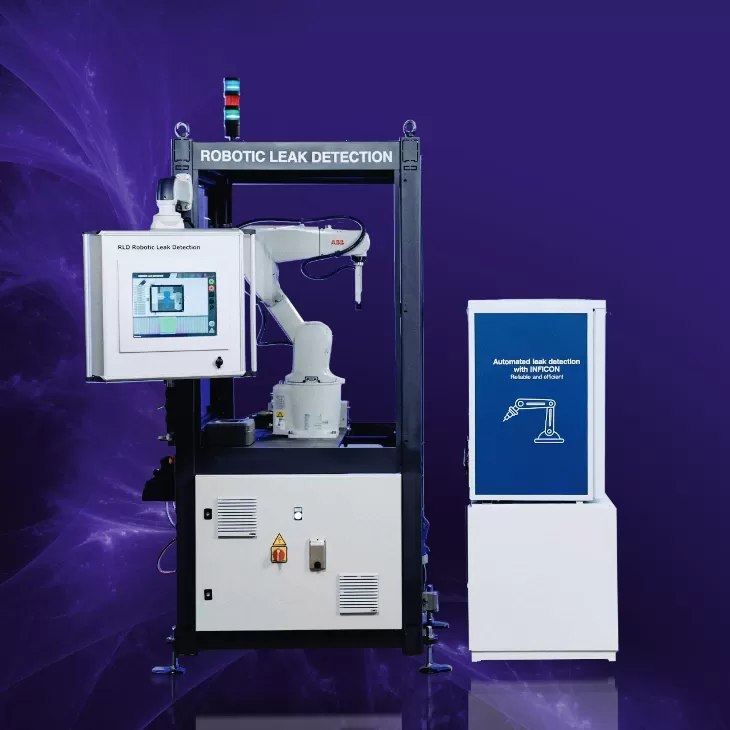New Leak Testing Tasks for Sodium-ion Batteries?
Sodium-ion battery cells are a trending topic, as sodium-ion technology offers some advantages over the established lithium-ion approach. Sodium is a lot heavier than lithium, and battery cells with sodium-ion technology also have a lower energy density. But they also offer around 40 percent lower battery costs which is a significant benefit to drive the use of electromobility and accelerate acceptance from vehicle owners. Electric vehicles with sodium ion batteries (SIB) could be made available at price points possibly even lower than those of the traditional internal combustion engines.
But are sodium ion cells also less demanding when it comes to their industrial production? Or should the same focus on care be taken with quality assurance as is for lithium-ion cells? We will try to answer these questions here.
Failure modes of sodium-ion battery cells and leak testing requirements
Looking at the failure mechanisms for sodium-ion cells, it ultimately emerges that the integrity of the cell is just as important as for lithium-ion cells. For example, penetrating water vapor can react in a very similar way with the electrolyte in the cell to form highly toxic and corrosive hydrofluoric acid - which further magnifies any leaks. Although the fire hazard is significantly lower in sodium-ion cells than in lithium-ion cells, the central purpose of the various leak tests during the production of lithium-ion cells is not only to reduce the fire hazard, but also to secure the capacity of a cell over its intended service life. This is because the more electrolyte leaks from a cell, the more its capacity decreases. This problem must be addressed in manufacturing of sodium-ion cells just as it is with lithium-ion cells. As the same failure is to be prevented, the leak rate requirements are equivalent to those for lithium-ion batteries (LIB) and are typically in the 10-6 mbar·l/s range.
Solutions for leak testing of sodium-ion batteries
In view of all these quality assurance and leak testing tasks in mass production, however, there is also good news: the leak testing methods that are already proven for lithium-ion cells can also be transferred to sodium-ion cells. As typically the same electrolyte solvents are used for lithium on battery cells, the direct leak detection method - detecting electrolyte solvent leaking from a defective battery cell into a vacuum chamber- can be used.
The ELT3000 PLUS battery leak detector is a perfect fit for sodium-ion battery cells. It can detect leaks down to the micrometer level reliably with high throughput of even more than 100 cells per minute. It is suited for all cell formats – whether it be cylindrical cells, coin cells, pouch cells or prismatic cells. And it can detect a variety of different electrolyte solvents – for today’s and also for tomorrow’s chemistries
29 Dec 2023




